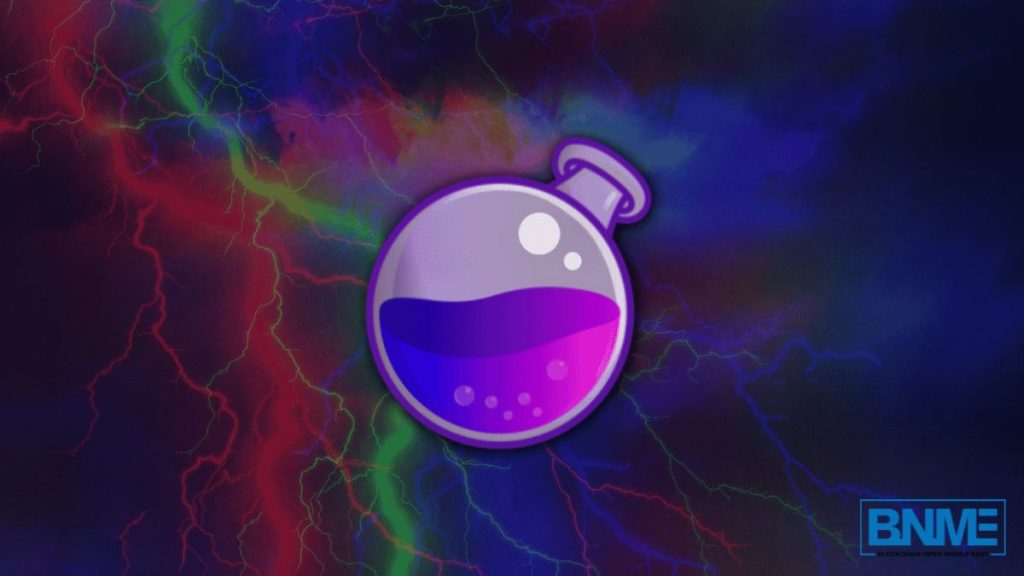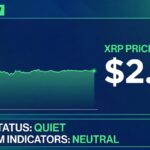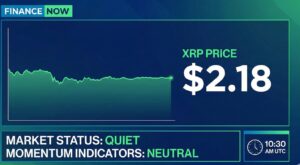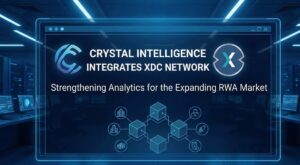We have to go back to the foundation to understand better what Osmosis as proof-of-chain blockchain offers. The blockchain ecosystem is fraught with several decentralized platforms that provide services centred on decentralization. The blockchain on which Osmosis is based is called Cosmos. Cosmos is a system that aims to build an “internet of blockchains.” It allows blockchain networks to connect to create an overarching ecosystem. Cosmos is a proof of stake blockchain that functions through an Inter Blockchain Communication (IBC) protocol, with its native token called ATOM. The IBC protocol is the medium through which Cosmos seeks to connect all other major blockchains.
In addition, Cosmos provides a software development kit (SDK) that enables users to build projects and teams on its network.
Osmosis as a proof-of-chain blockchain
Osmosis is built on this Cosmos system using its open-source SDK. Osmosis Labs, a Singapore-based company in 2021, created it. Through the IBC protocol, Osmosis can connect with other Cosmos-based chains. In essence, Osmosis is a decentralized exchange that is an automated market maker (AMM) protocol operating through Cosmos. An AMM is a decentralized protocol that prices crypto assets in liquidity pools. They allow digital assets to be traded automatically and in a permissionless setting, cutting the need for the traditional buyer and seller method. It aims to enable developers to customize and deploy AMMs in the Cosmos space and to innovate in liquidity pools.
What makes Osmosis so unique?
As an AMM protocol, Osmosis uses smart contracts to do three primary things – determine the price of digital assets, produce liquidity via a P2P method and enable decentralized trading.
Osmosis allows users to create their liquidity pool or duplicate an existing one with different parameters. The fact that these pools are free to join is what makes the AMM protocol of Osmosis stand out from the typical AMM in the blockchain space. Furthermore, it gives users access to chains from the Cosmos ecosystem to trade assets.
In addition, Osmosis has its own native token called OSMO. OSMO serves as a governance token allowing users to vote on pool protocols, provide liquidity and swap or stake the token. Participation as a liquidity provider can allow you to earn both trading fees and newly minted tokens as incentives.
Asides from the self-governing liquidity pools, another thing that makes Osmosis a unique AMM is the innovation of superfluid staking. Superfluid staking allows users to stake their tokens while using them to provide assets for a liquidity pool. This system helps secure the Osmosis chain and increases the user’s gains.
In summary
Osmosis is a fully decentralized exchange that seeks to shake the status quo offered by centralized exchanges in the blockchain industry. Technically, it gives users free rein over their digital assets – the liquidity pool they want to participate in, staking or swapping of their tokens, etc.
In essence, Osmosis represents the perfect definition of decentralized finance and the ideals DeFi as a sector upholds.




























